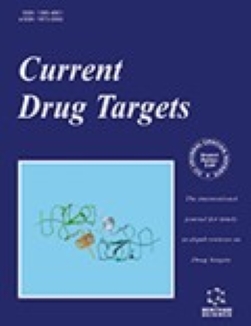
Curr Drug Targets 2022;23(5):458-470.
Autores/as: Marjan Talebi, Mohsen Talebi, Tahereh Farkhondeh, Jesus Simal-Gandara, Dalia M. Kopustinskiene, Jurga Bernatoniene, Ali Mohammad Pourbagher-Shahri and Saeed Samarghandian.
Cardiometabolic diseases (CMD) have caused a great burden in terms of morbidity and mortality worldwide. The vicious cycle of CMD consists of type II diabetes, hypertension, dyslipidemia, obesity, and atherosclerosis. They have interlinked pathways, interacting and interconnecting with each other. The natural flavonoid chrysin has been shown to possess a broad spectrum of therapeutic activities for human health. Herein, we did an in-depth investigation of the novel mechanisms of chrysin’s cardioprotection against cardiometabolic disorders. Studies have shown that chrysin protects the cardiovascular system by enhancing the intrinsic antioxidative defense system. This antioxidant property enhanced by chrysin protects against several risk factors of cardiometabolic disorders, including atherosclerosis, vascular inflammation and dysfunction, platelet aggregation, hypertension, dyslipidemia, cardiotoxicity, myocardial infarction, injury, and remodeling, diabetes-induced injuries, and obesity. Chrysin also exhibited anti-inflammatory mechanisms through inhibiting pro-inflammatory pathways, including NF-κB, MAPK, and PI3k/Akt. Furthermore, chrysin modulated NO, RAS, AGE/RAGE, and PPARs pathways which contributed to the risk factors of cardiometabolic disorders. Taken together, the mechanisms in which chrysin protects against cardiometabolic disorder are more than merely antioxidation and anti-inflammation in the cardiovascular system.

Investigación
Transferencia


